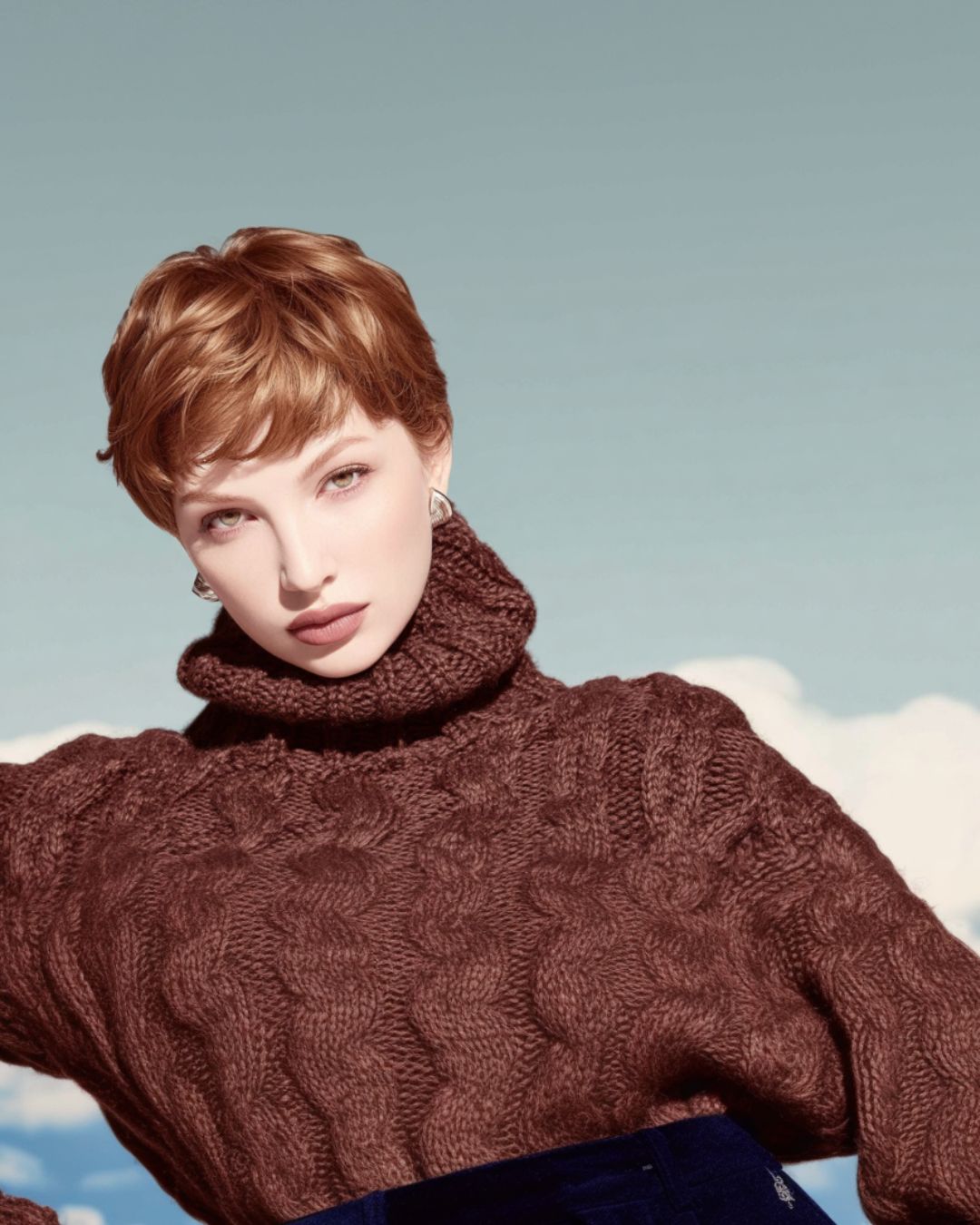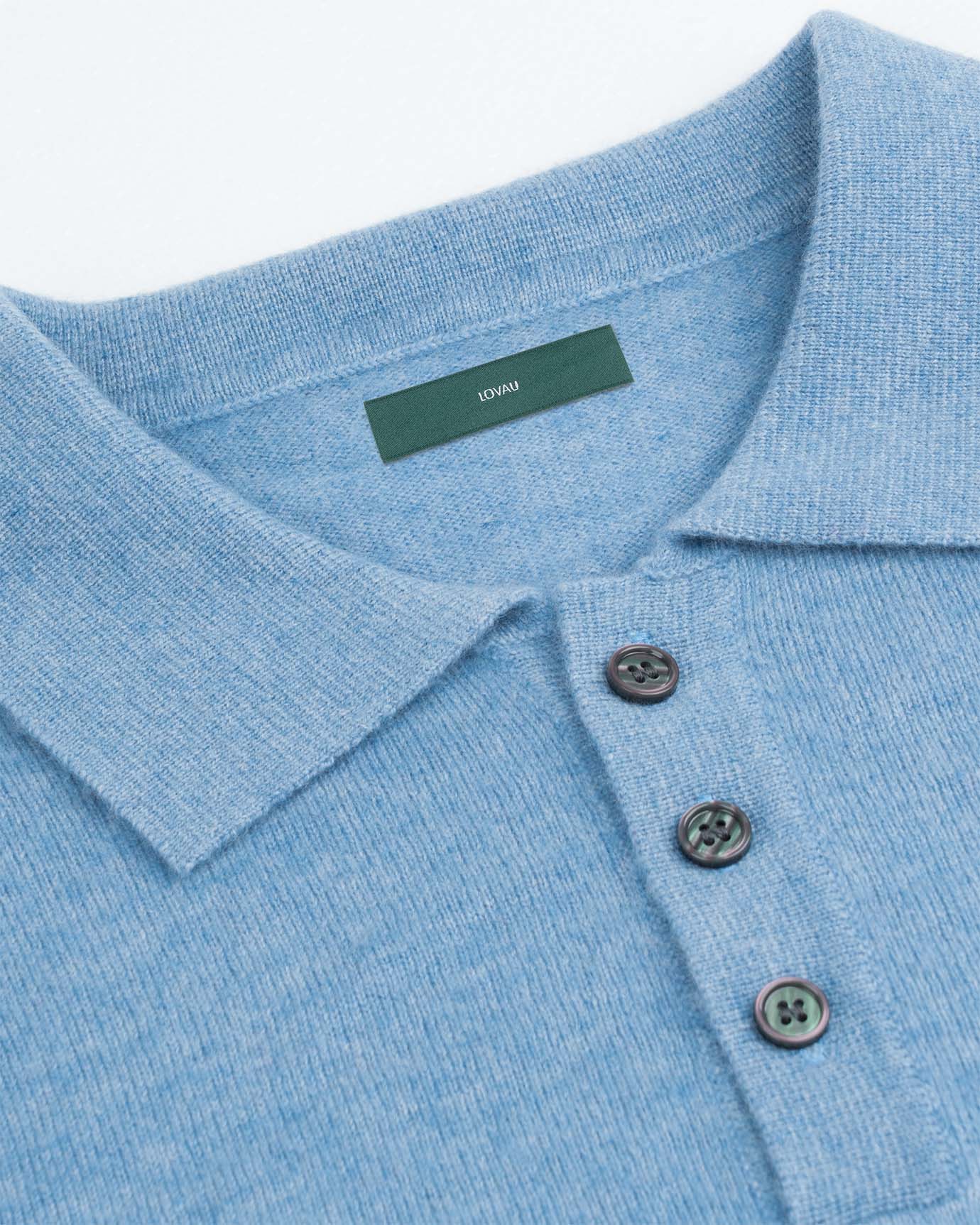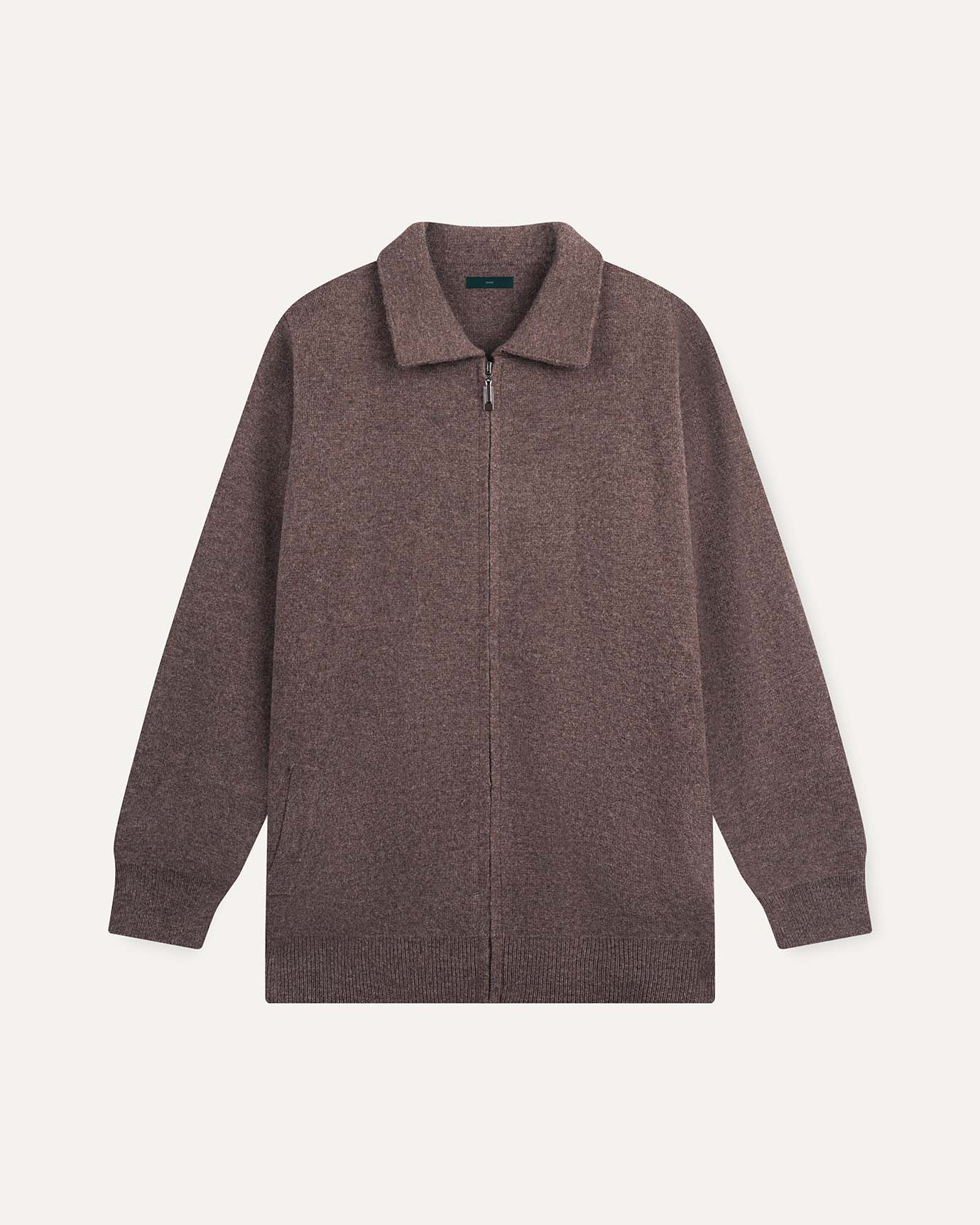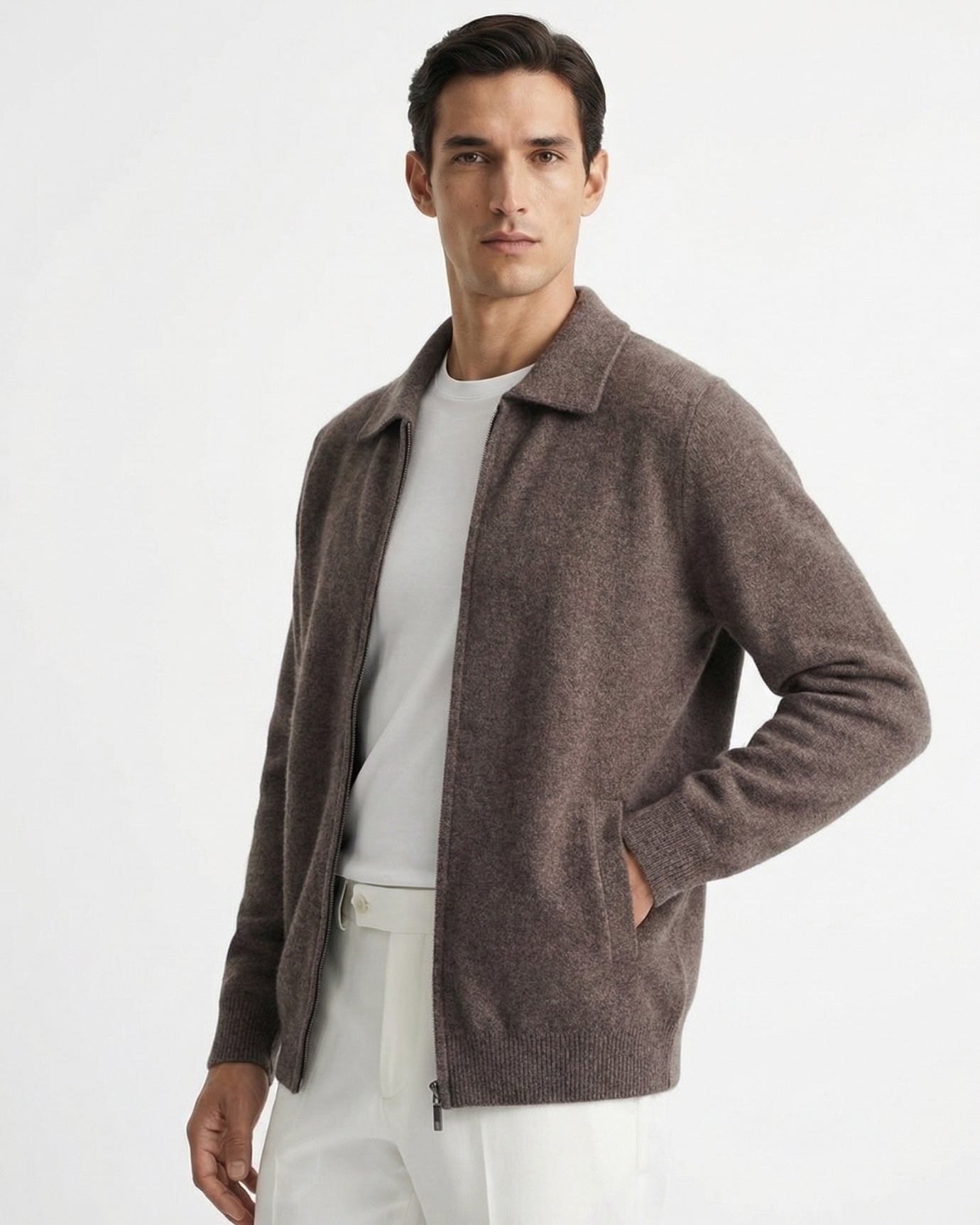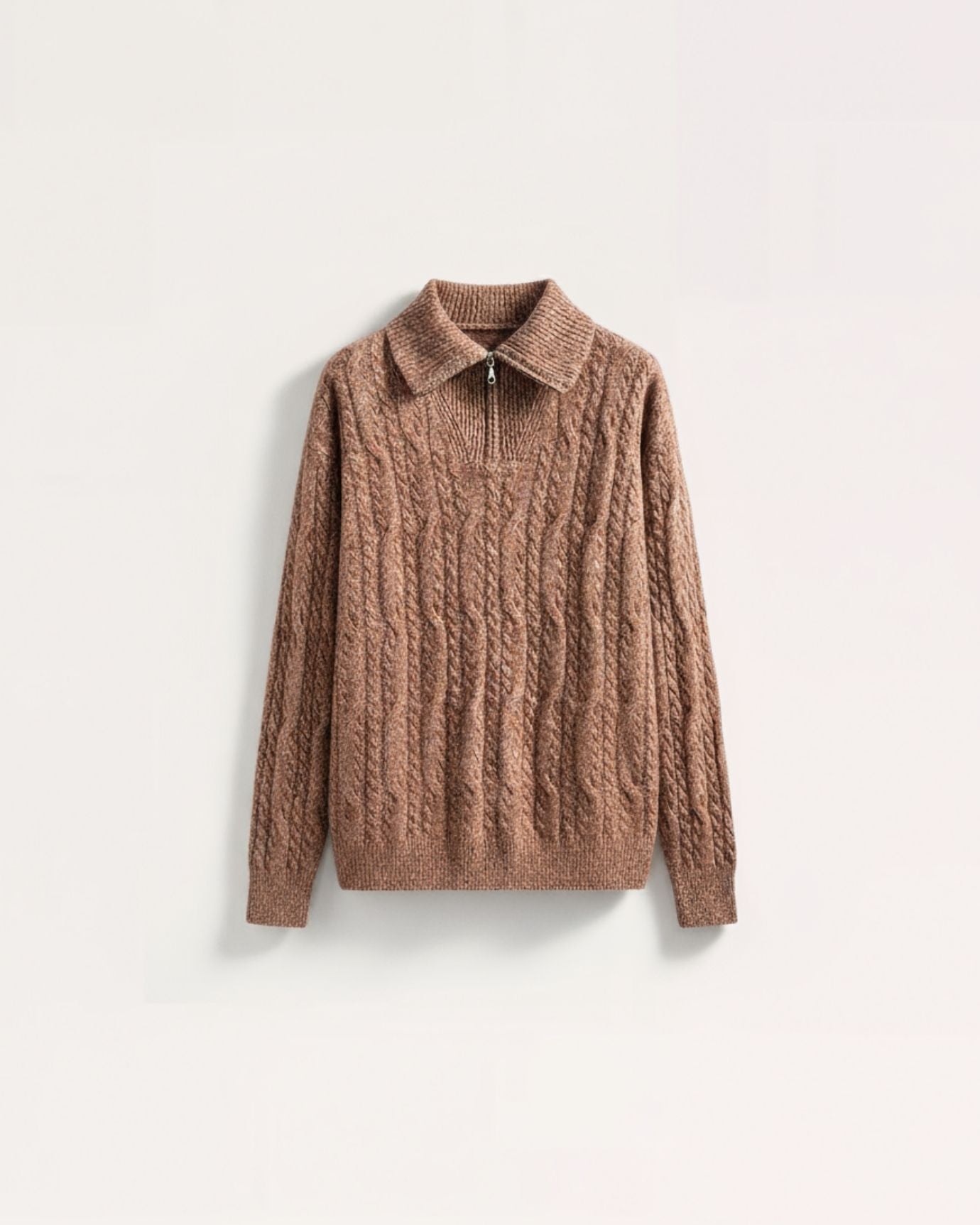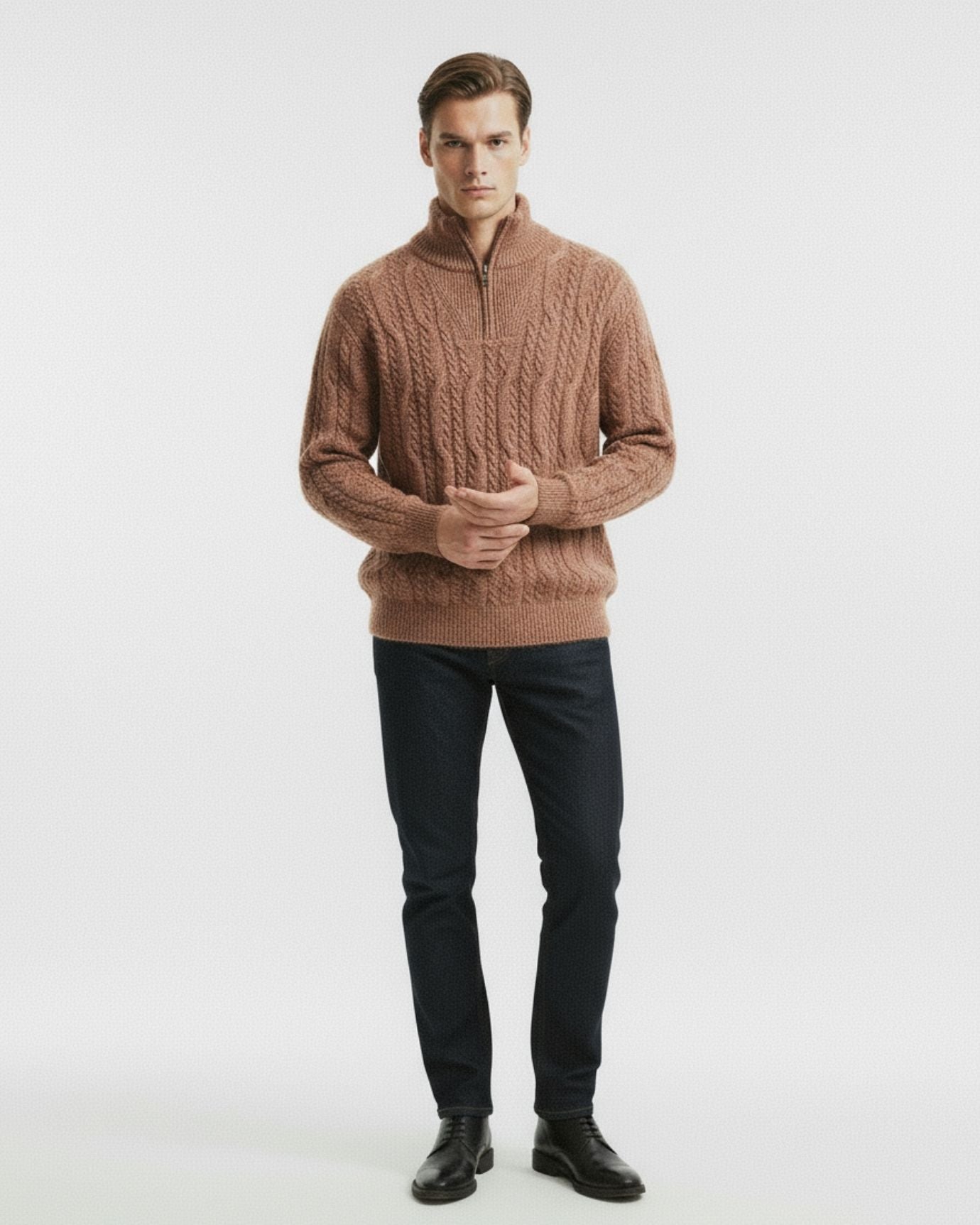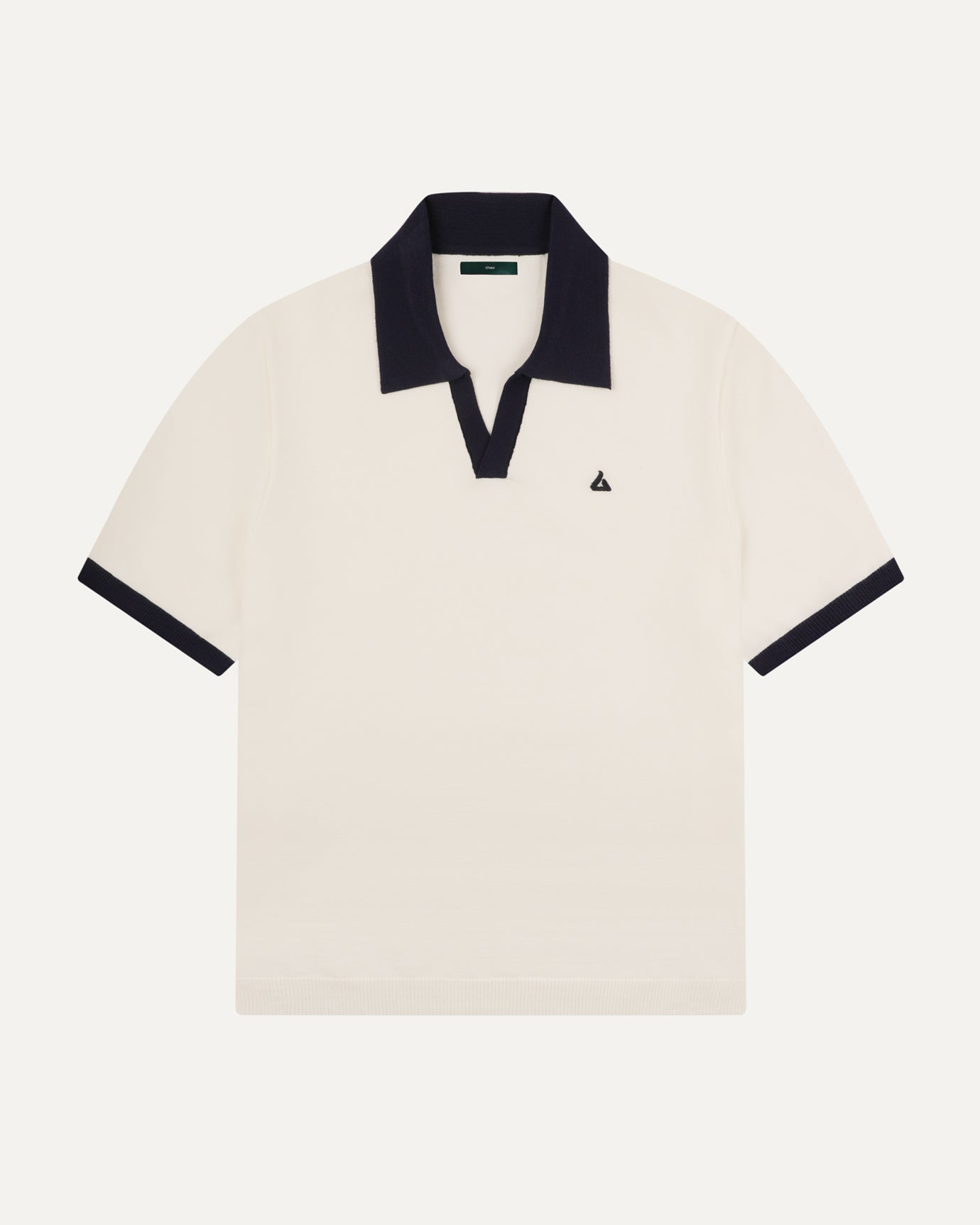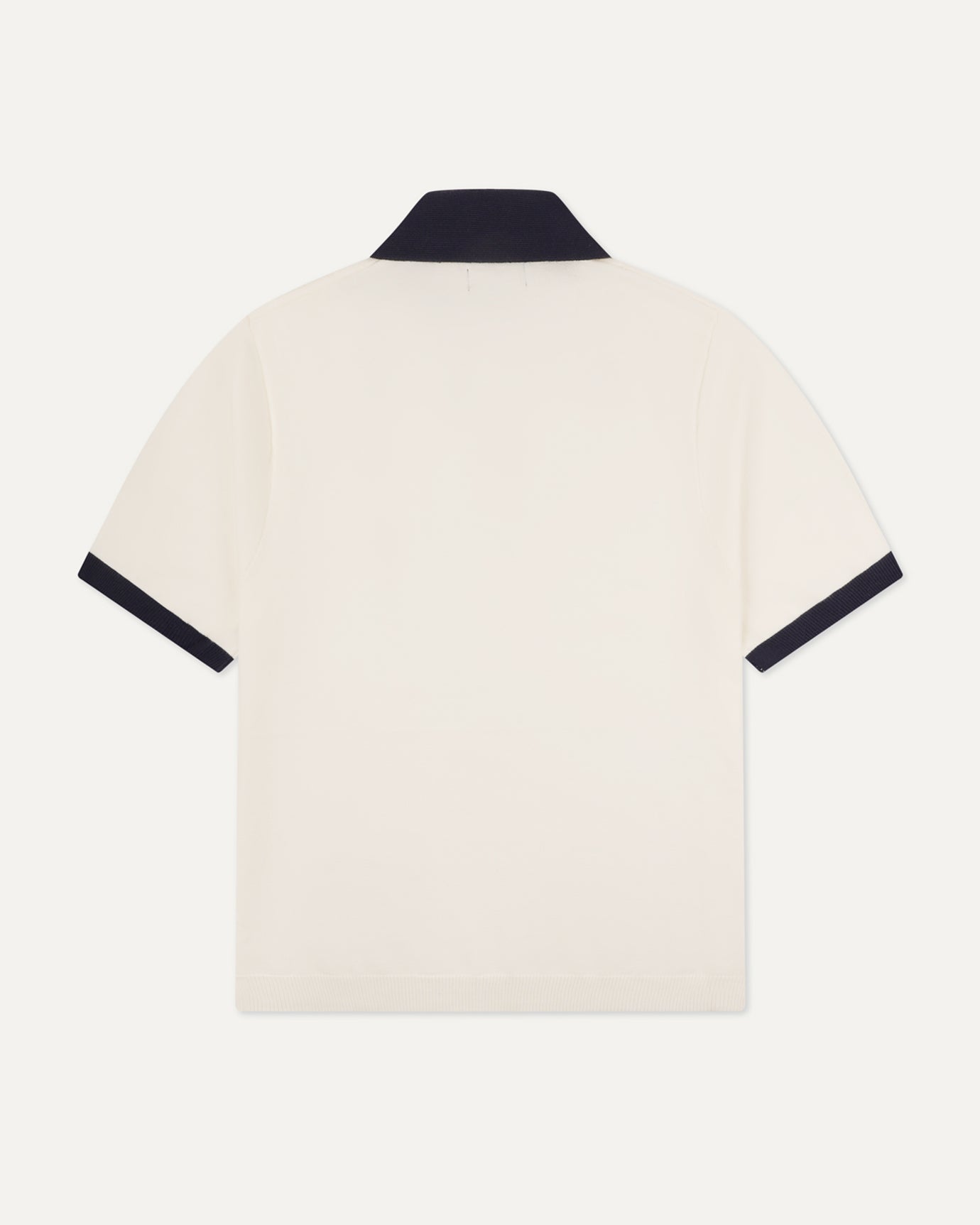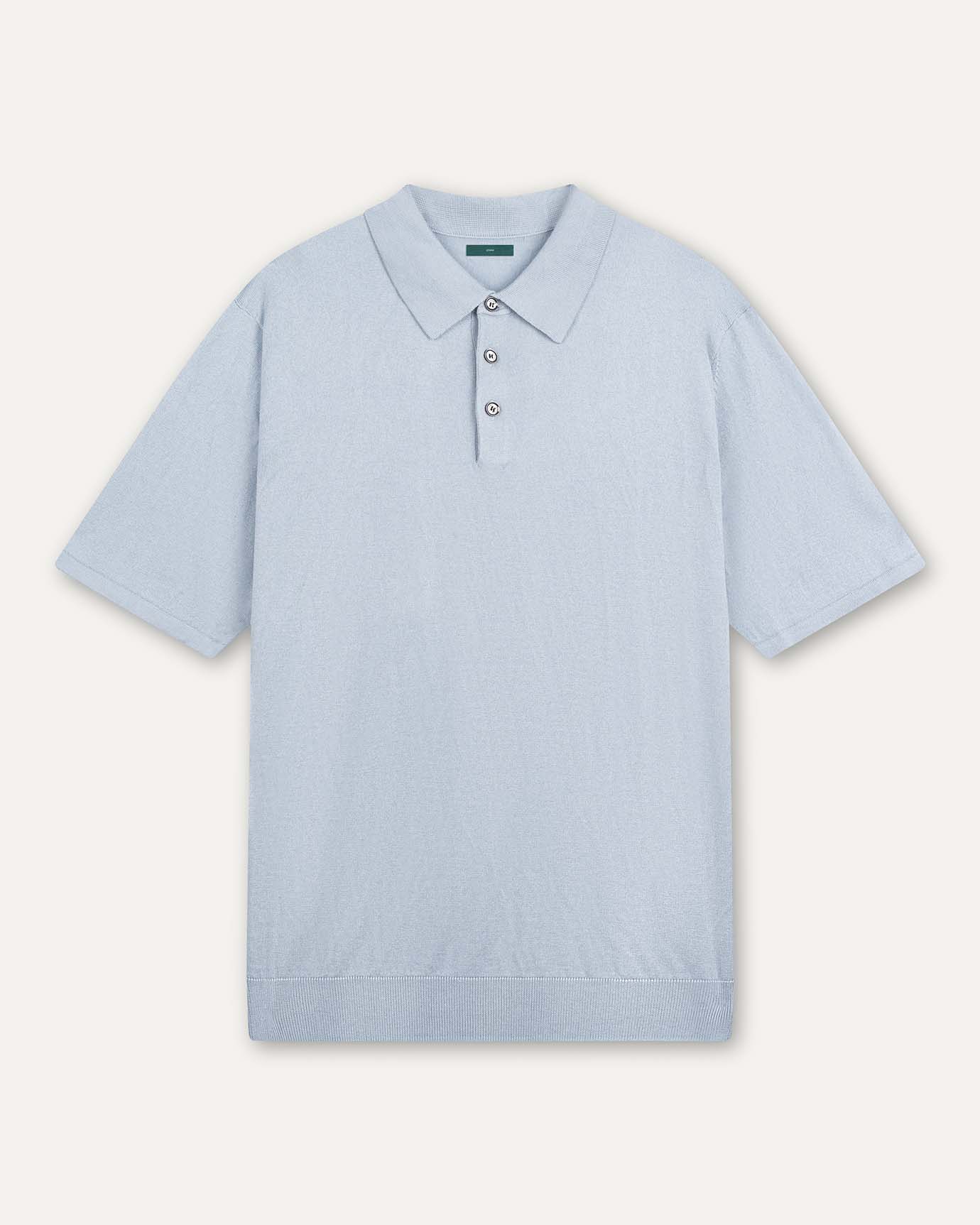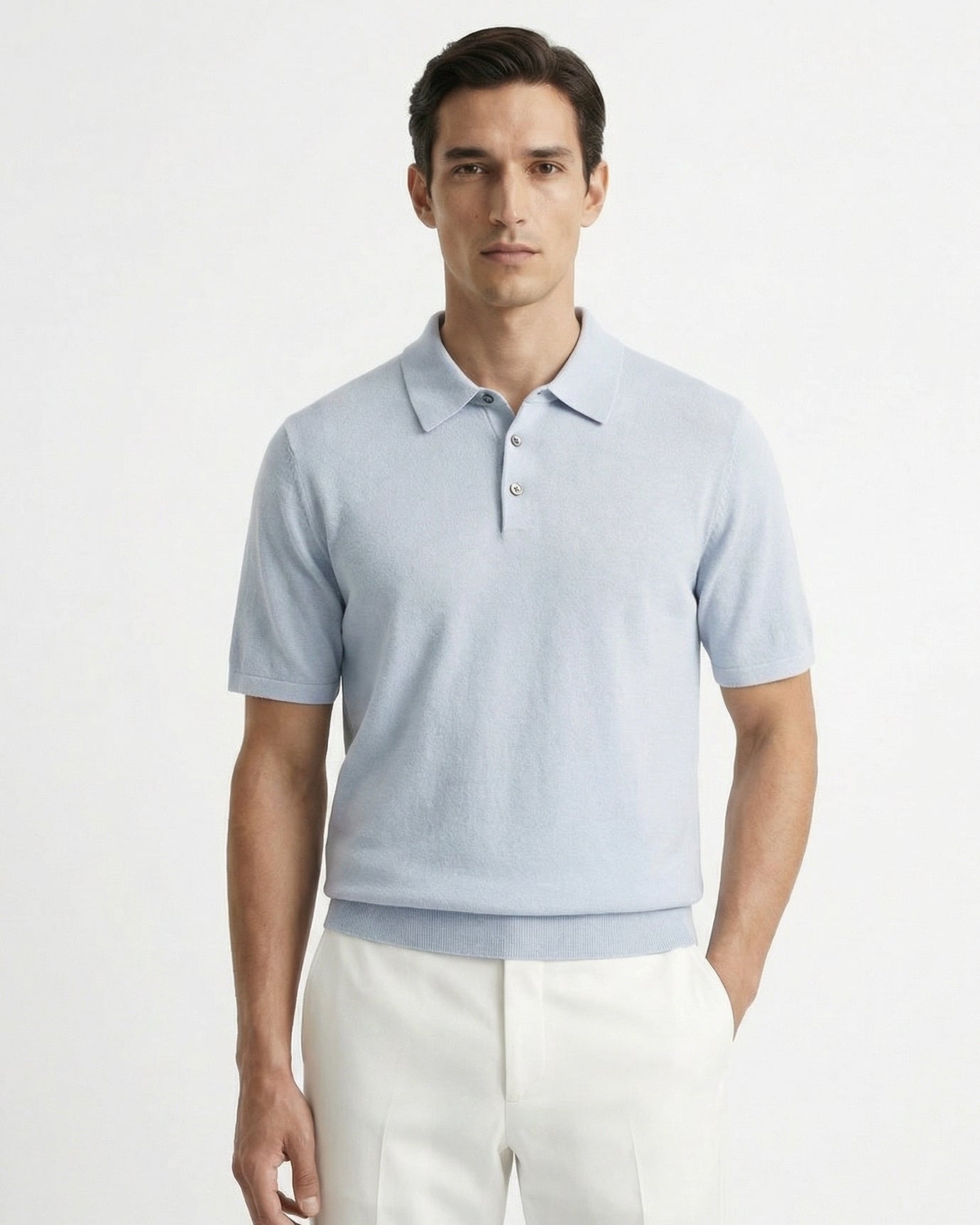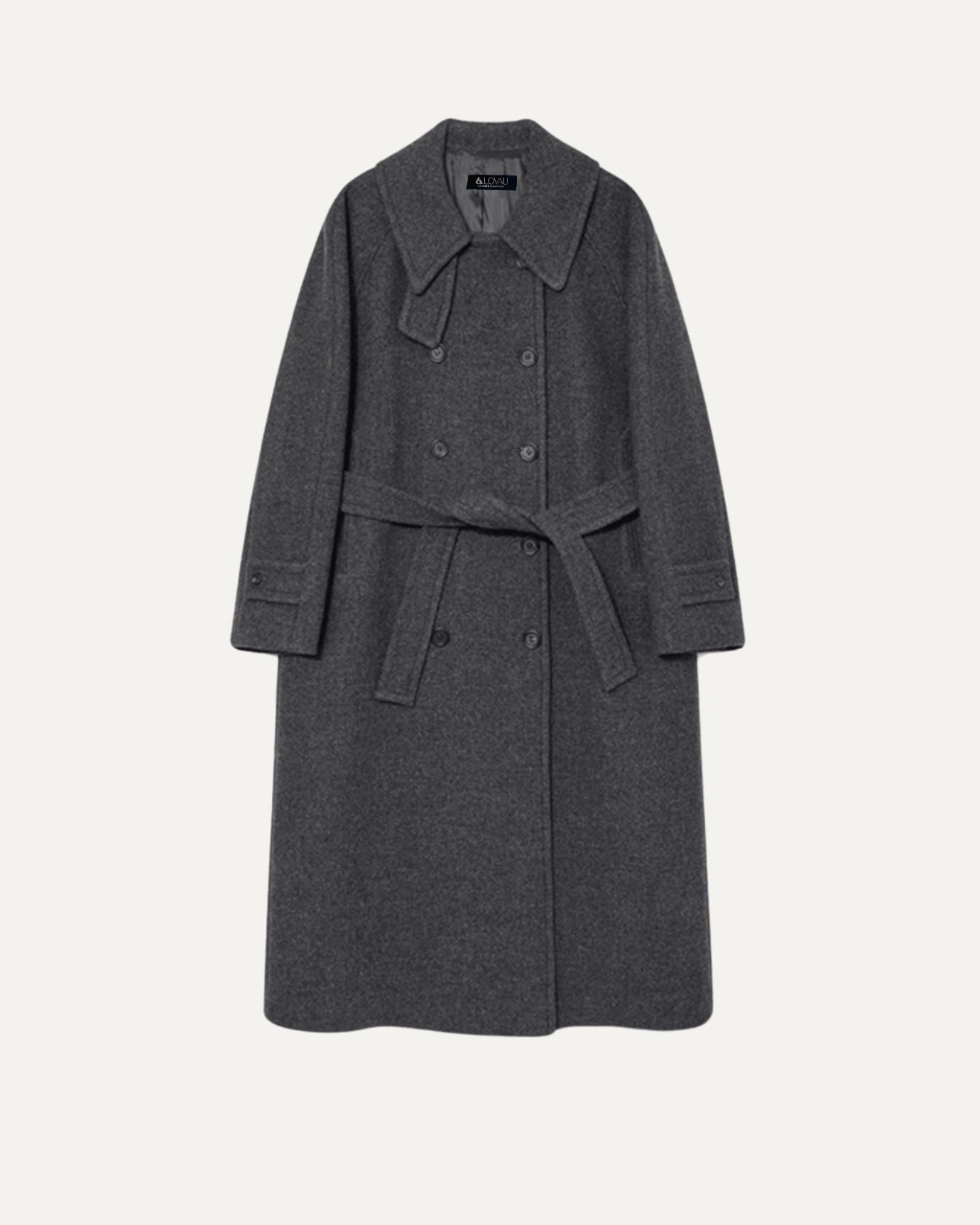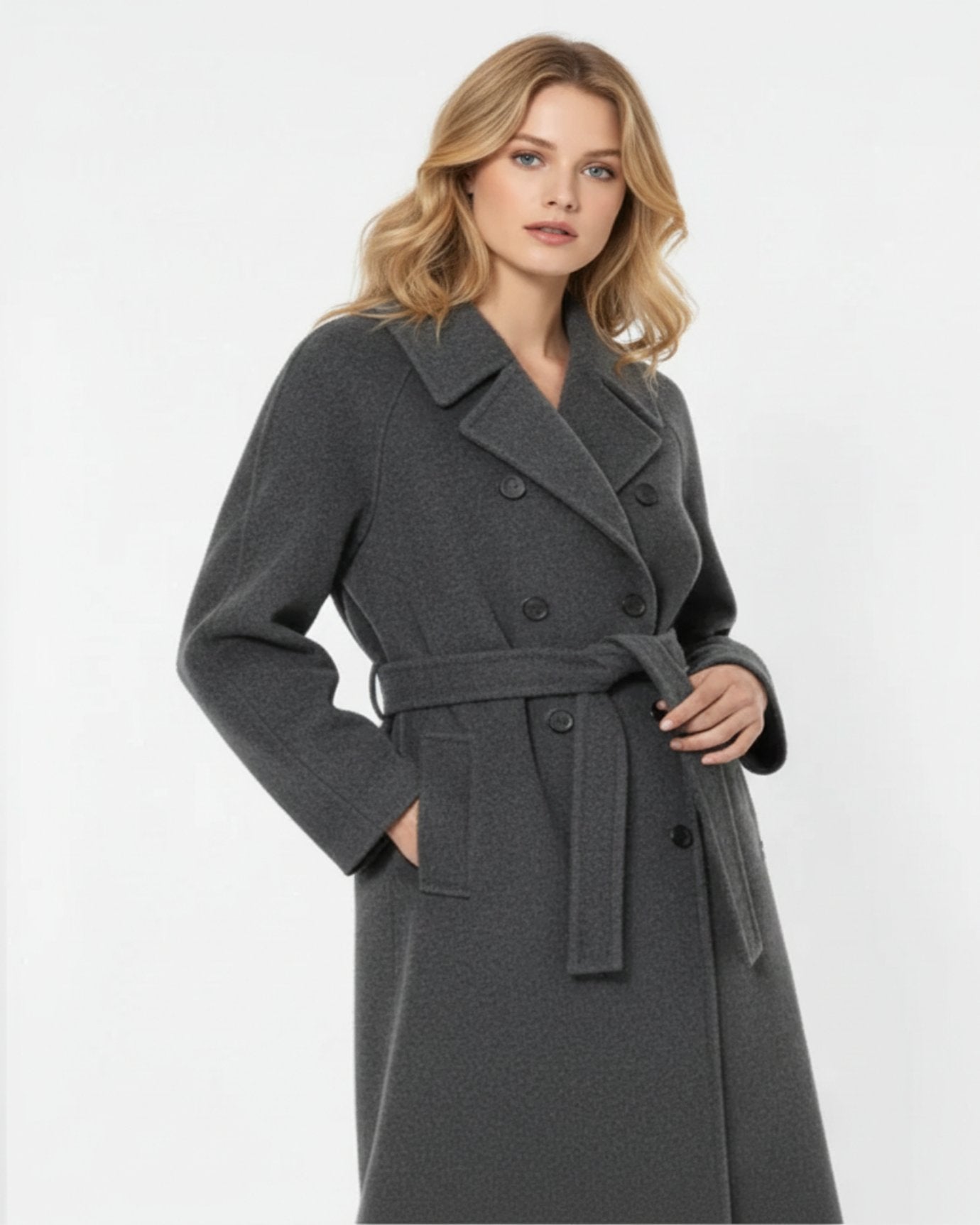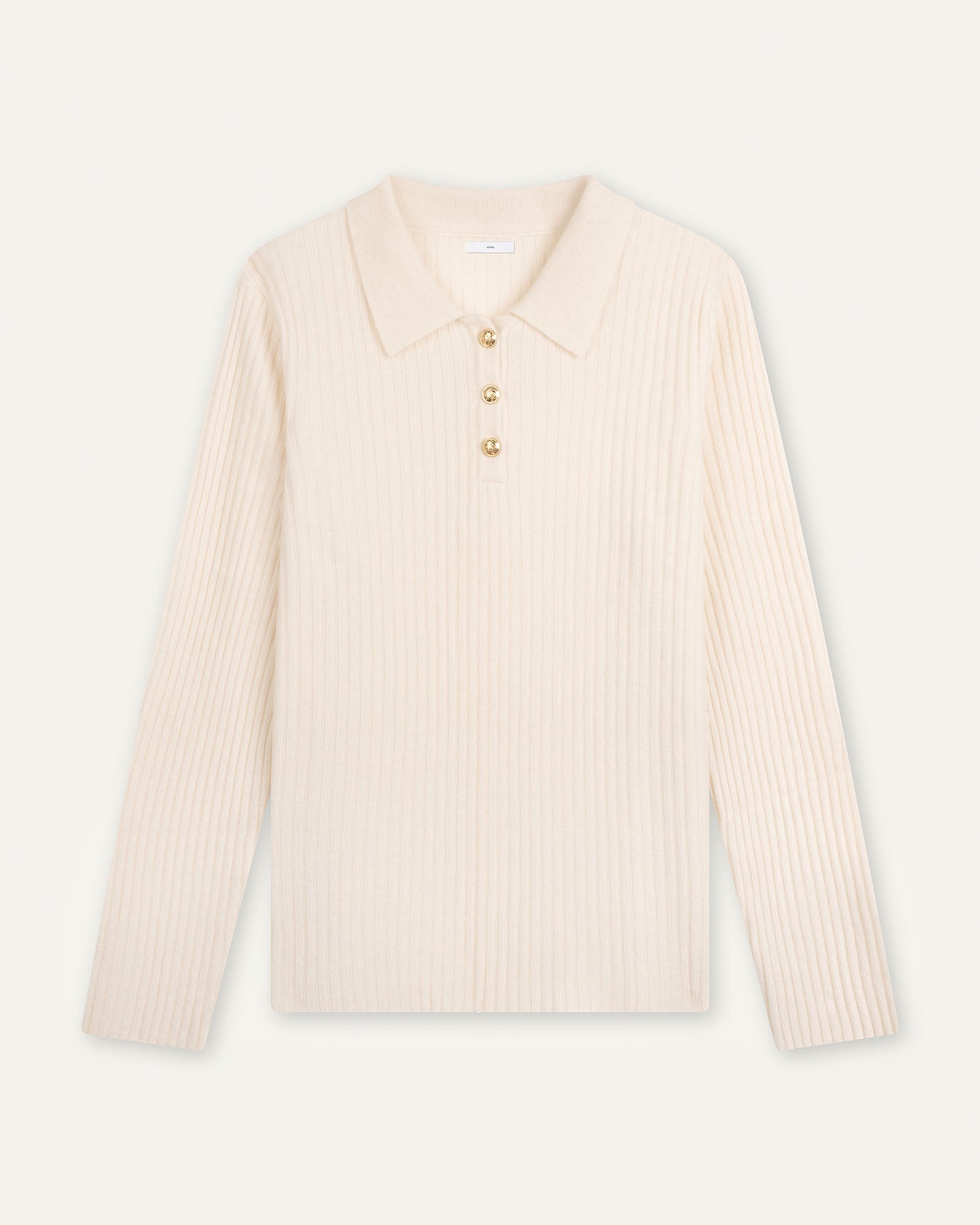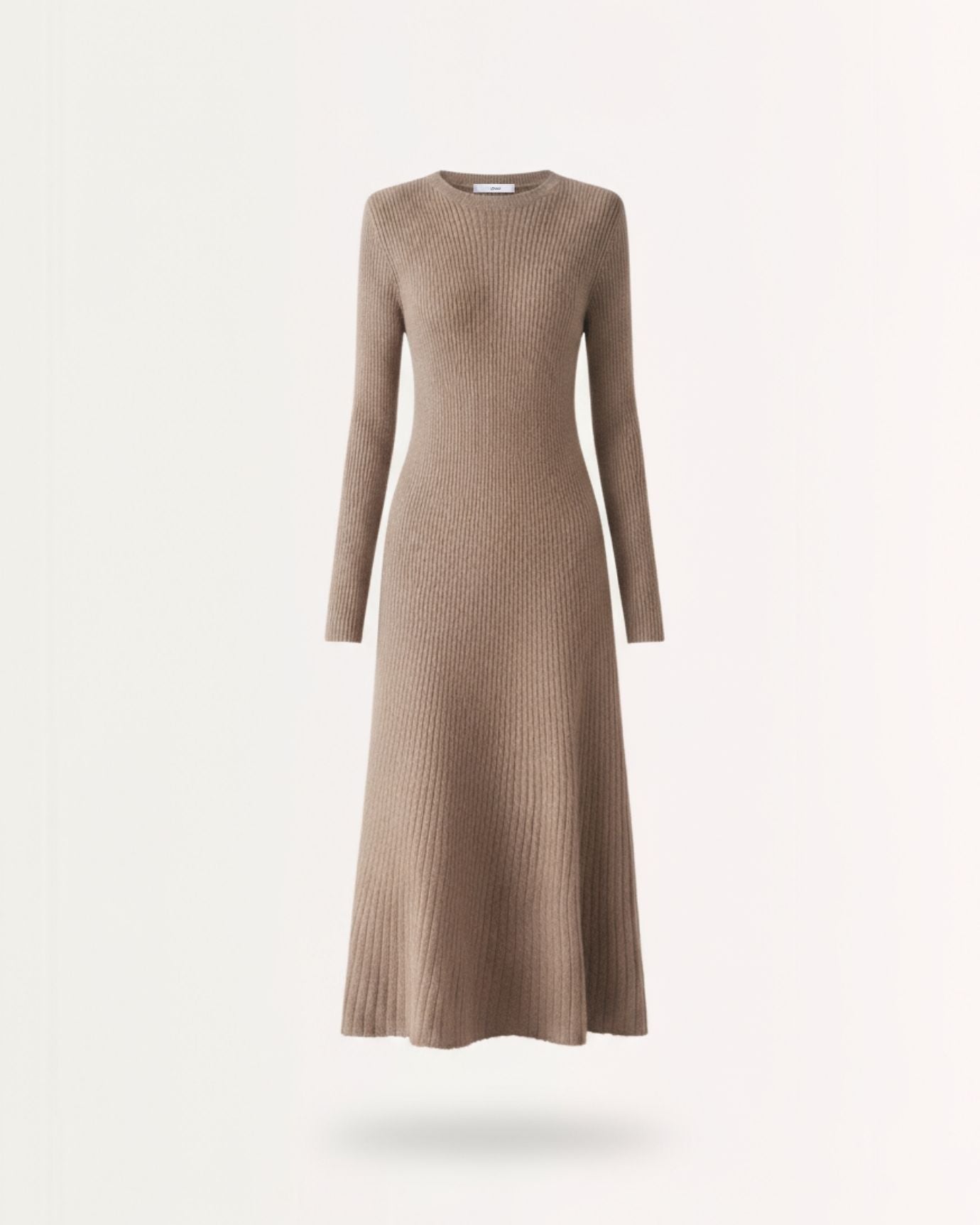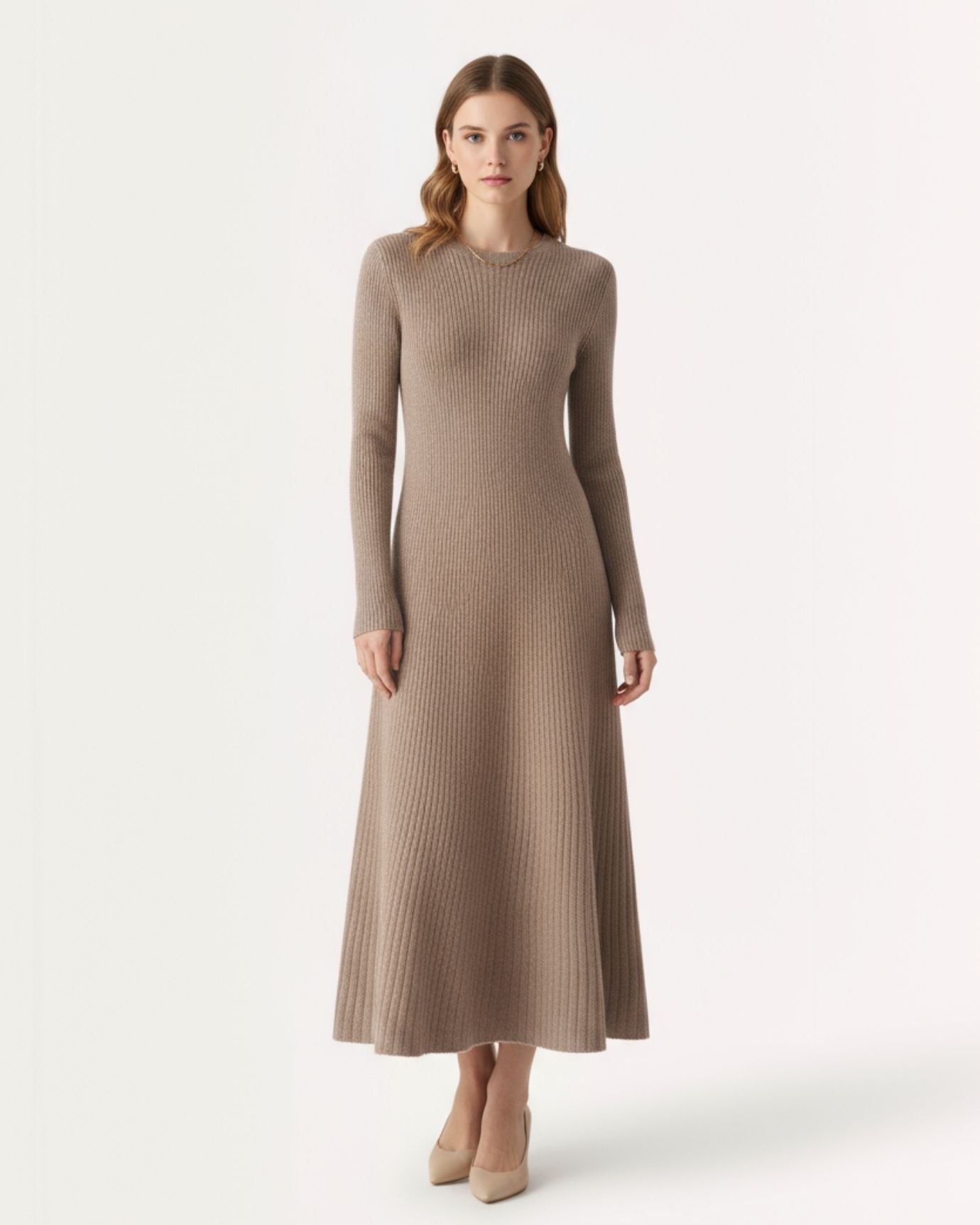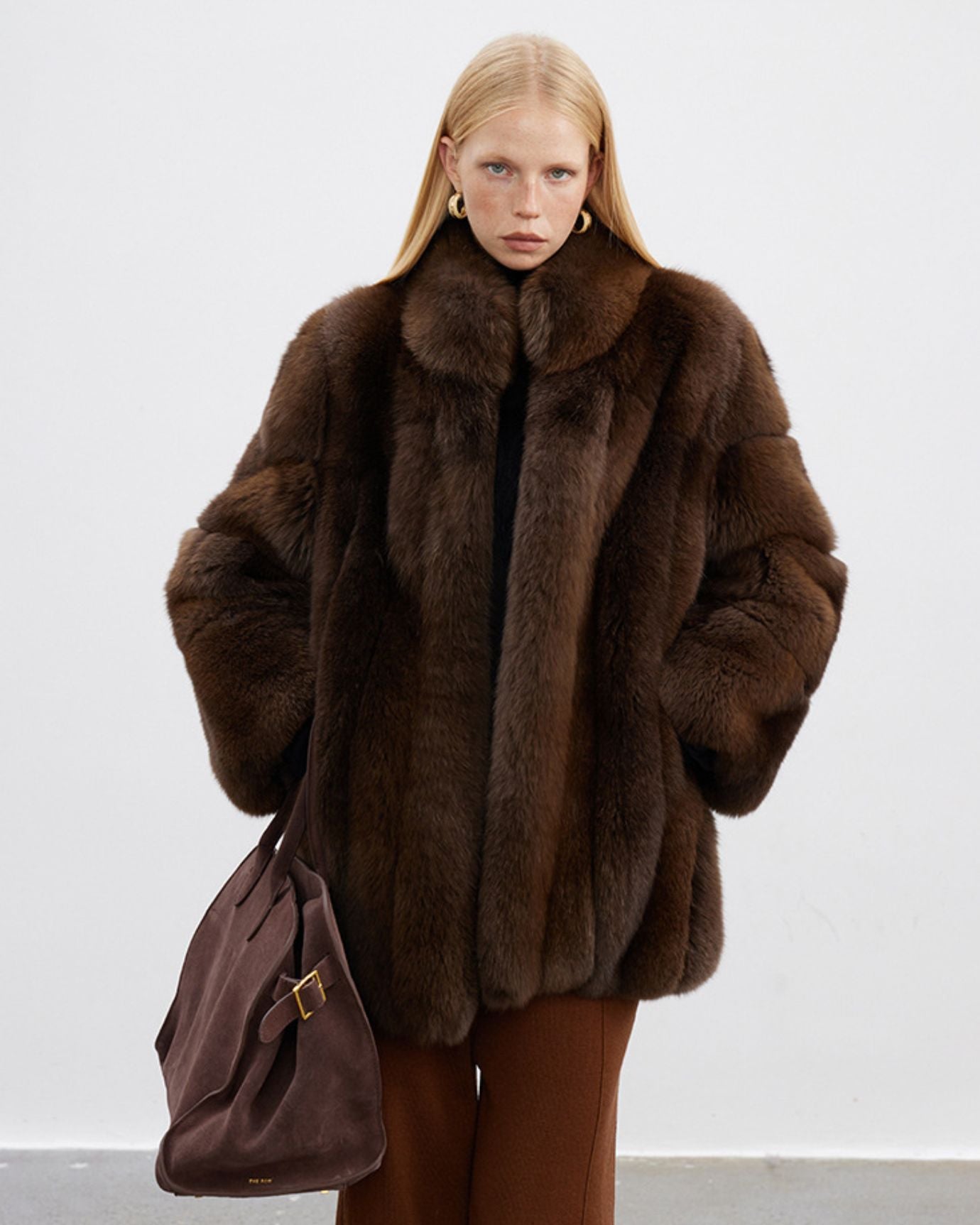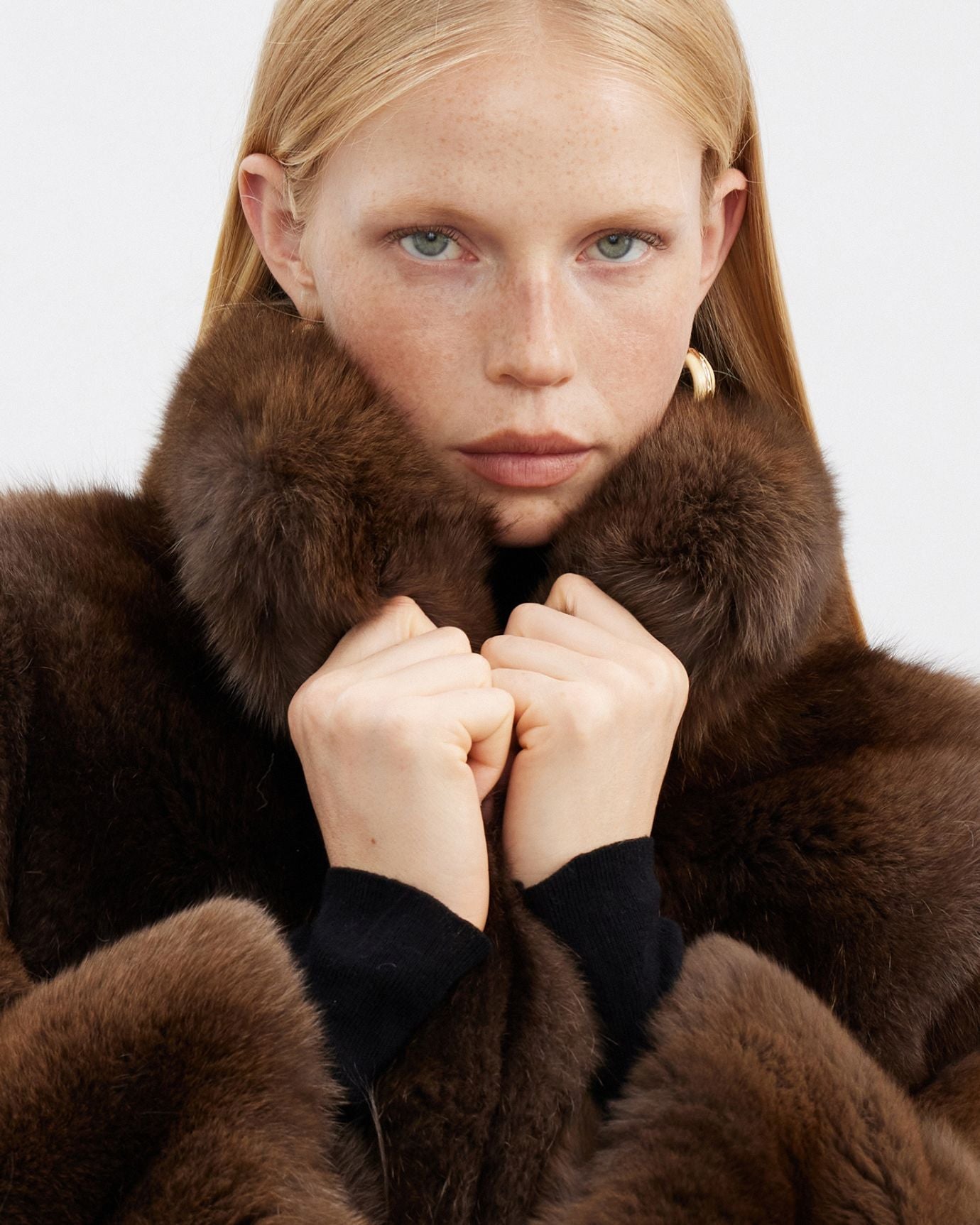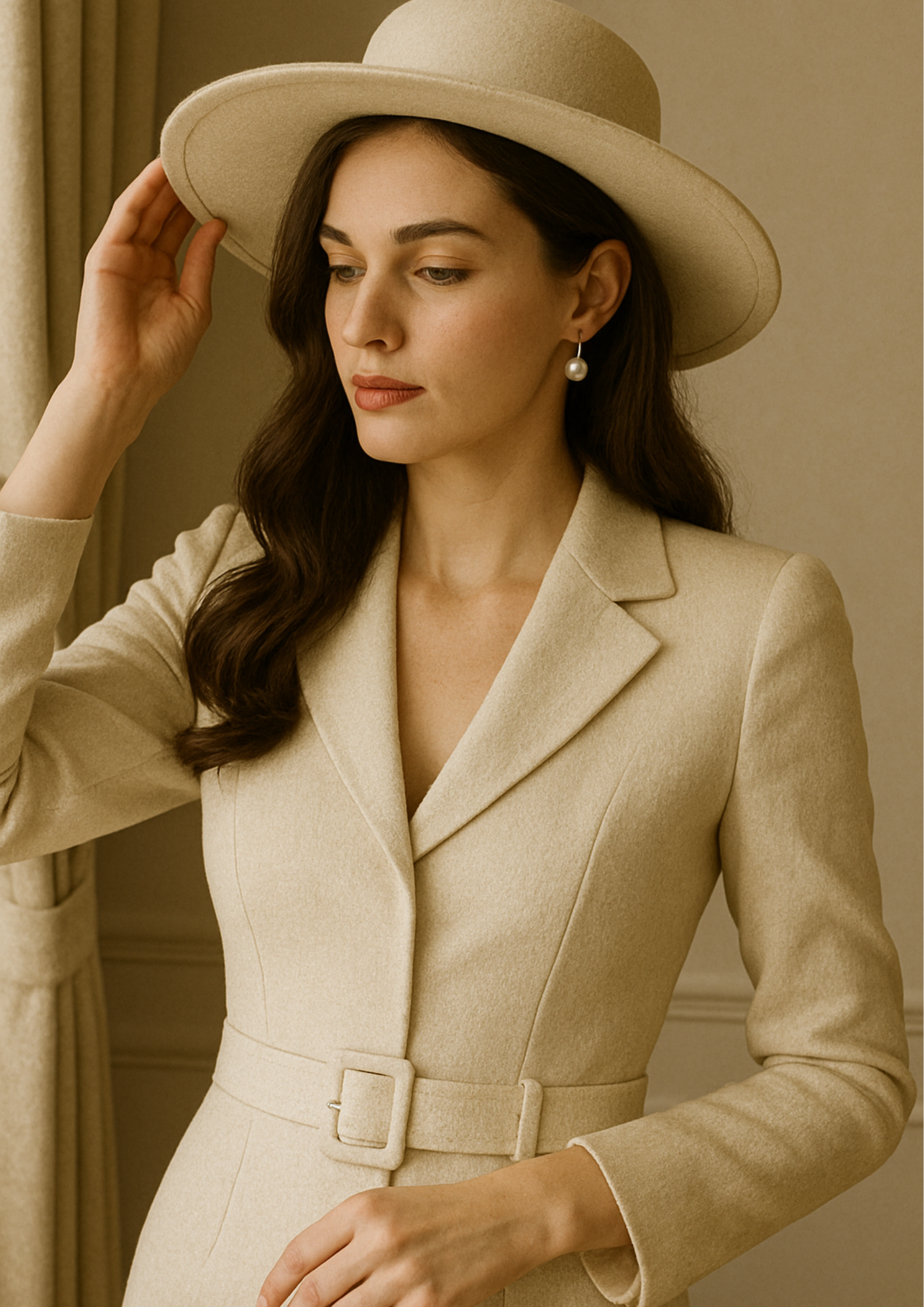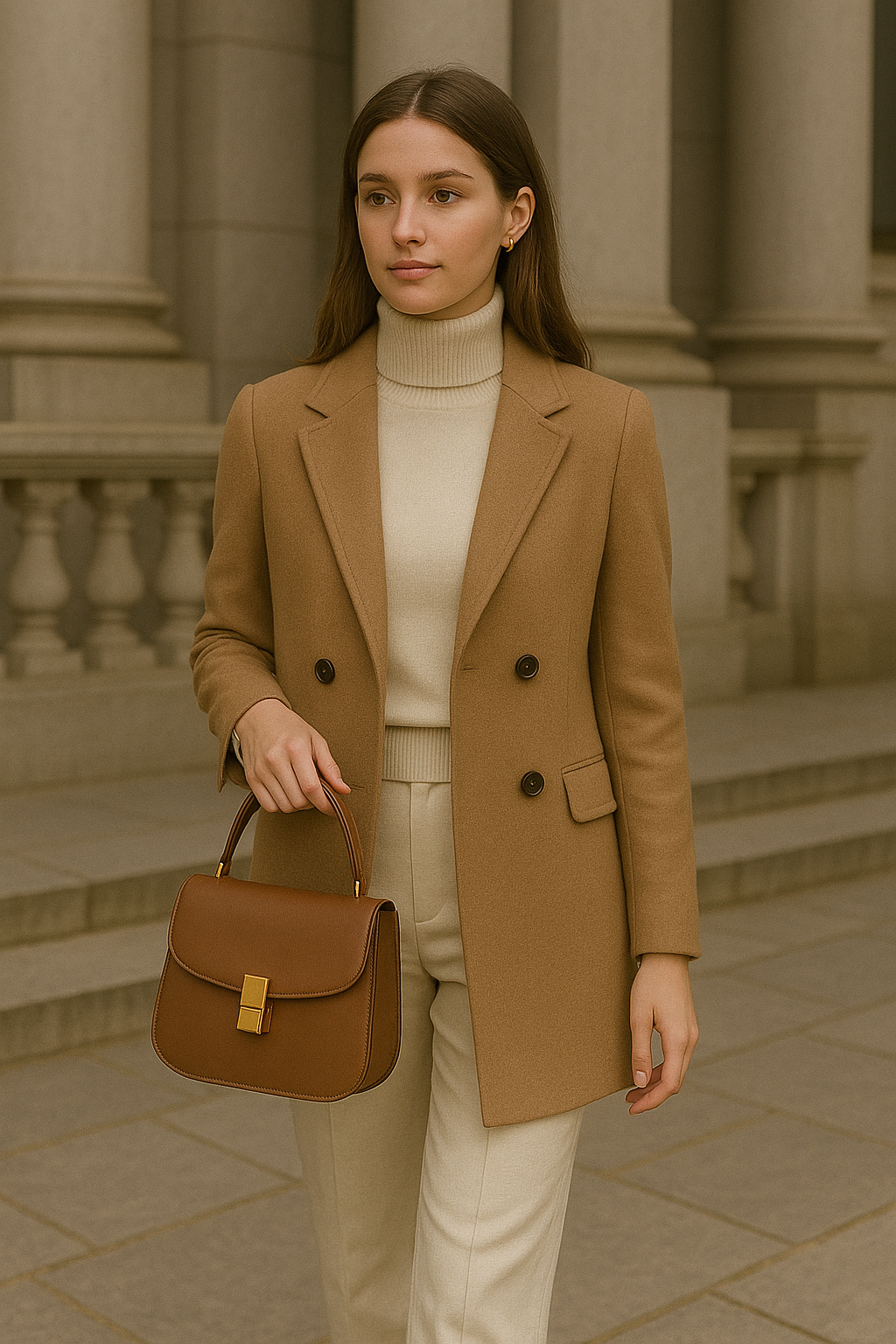
Cómo vestirse como un rico: 10 reglas que debes conocer
El estilo Old Money se ha convertido en un referente de elegancia atemporal en un mundo saturado de moda rápida y logotipos de lujo sobreexpuestos. Con raíces en la riqueza generacional, esta estética prioriza la sutileza, la calidad y la tradición por encima de las tendencias. Si quieres encarnar la gracia y el refinamiento de este look clásico, estas 10 reglas de moda te ayudarán a vestir como Old Money con autenticidad y confianza.

1. Priorizar la calidad sobre la cantidad
La base de la moda Old Money reside en las prendas de inversión . Céntrate en prendas confeccionadas con tejidos naturales de alta gama como cachemira, lana, seda y algodón. Elige prendas de buena calidad que duren años, no temporadas.
En lugar de comprar diez prendas de moda, invierte en un blazer a medida o un abrigo lujoso. En esta estética, la calidad es más importante que las marcas.
2. Adopte tonos neutros y apagados
Un armario Old Money favorece los colores neutros como el beige, el azul marino, el blanco, el verde oliva, el gris carbón y los pasteles suaves. Estos tonos son atemporales, versátiles y, sin esfuerzo, sofisticados.
Evita los tonos neón o los estampados llamativos y contrastantes. Opta por una paleta de colores refinada que realce la belleza discreta de cada conjunto.
3. Opta por siluetas clásicas
Elige ropa que destaque por su elegante sastrería y cortes atemporales. Piensa en faldas de corte A, pantalones rectos, blazers cruzados y gabardinas con cinturón. El objetivo es lucir elegante sin ser ostentoso.

Evite la ropa demasiado ajustada o reveladora; el estilo Old Money se basa en una modestia digna y formas refinadas.
4. Domina el arte de las capas
La combinación de capas es un sello distintivo de la moda tradicional. Combina una camisa con cuello con un suéter de cuello redondo o ponte un abrigo de lana sobre un blazer ajustado. Cada capa debe tener una función y combinar a la perfección con las demás.
Este enfoque no solo agrega profundidad y dimensión a tu atuendo, sino que también demuestra atención a los detalles.
5. Elige accesorios discretos
Los accesorios de estilo Old Money son minimalistas y con un toque de personalidad . Piensa en pendientes de perlas, cinturones de cuero, relojes vintage, pañuelos de seda y bolsos con estructura.
Olvídate de los logotipos de diseñador exagerados y las piezas llamativas. En su lugar, deja que tus accesorios realcen tu atuendo sin sobrecargarlo.
6. Apégate a un calzado atemporal
El calzado debe ser elegante y práctico . Los estilos clave incluyen mocasines de cuero, zapatos brogue, bailarinas, tacones bajos y botas de montar. Estas opciones equilibran comodidad y elegancia, y se adaptan a la perfección a cualquier armario sofisticado.
Evita las zapatillas demasiado modernas o los zapatos de diseñador llamativos. El objetivo es caminar con tranquilidad y seguridad.
7. Mantén un aseo impecable
El cuidado personal es tan importante como la ropa para lograr la estética de Old Money . Mantén el cabello limpio y bien cuidado. Para las mujeres, opta por maquillaje natural y uñas cuidadas. Para los hombres, lo ideal es un vello facial bien afeitado o bien cuidado.
Su apariencia general debe reflejar una elegancia tranquila y serena.

8. Mantenga los logotipos y las tendencias al mínimo
La moda tradicional evita las marcas evidentes . Si los logotipos son visibles, son sutiles: quizás un discreto emblema en un reloj o un monograma en un bolso.
Evita las prendas que marcan tendencia, como la ropa urbana con muchos logos o la moda viral de TikTok. En su lugar, crea un armario que puedas usar durante décadas.
9. Aprende a confeccionar tu ropa
En esta estética, un ajuste perfecto lo es todo. Invierte en sastrería para asegurarte de que cada prenda complemente tu figura a la perfección.
Incluso la prenda más cara puede parecer barata si no queda bien. Por otro lado, una prenda de precio medio puede parecer lujosa si está perfectamente confeccionada.
10. Exuda confianza y gracia
En definitiva, vestirse como un hombre rico no se trata solo de la ropa, sino también de la presencia . Muévete con seguridad, porte y confianza en ti mismo. Tus modales y postura deben reflejar la elegancia de tu vestuario.
La gracia, la discreción y la humildad completan el look Old Money más que cualquier accesorio.



